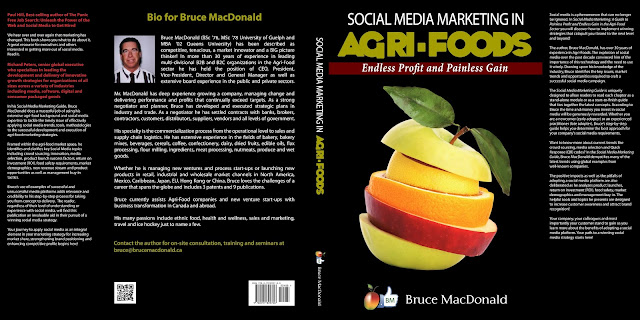INCREASED CROP FREQUENCY MAY BOOST FOOD SUPPLY
Posted in News, Agriculture, Science & Research, Crop, International, Water, Sustainability, Fruit, Fruits / Vegetables, Vegetable, Grains, Grains / Pasta / Tuber, Corn, Soy
MINNEAPOLIS—Harvesting existing cropland more frequently could substantially increase global food production needed to feed the growing population without clearing more land for agriculture, according to a new study published in the journal Environmental Research Letters.
Researchers at the University of Minnesota tracked global harvest trends of 177 crops between 1961 and 2011, and found that the total amount of land harvested increased four times faster than the total amount of cropland between 2000 and 2011, suggesting that harvest frequency was on the rise.
To determine whether or not existing arable lands are capable of getting more frequent harvests, researchers introduced the "harvest gap"—the difference between actual per-year harvest frequency and the maximum potential frequency. Researchers estimated that on average an extra harvest is being missed globally every two years due to the presence of this harvest gap.
Africa, Latin America and Asia have the highest concentration of potential harvest gaps. Brazil, for example, which on average harvests its croplands nearly once per year, has a harvest gap of 0.9, suggesting that on its current arable lands a second harvest is possible each year. Closing the gap would boost crop production on existing croplands without resorting to further clearing for agriculture. Increased harvest frequency also holds potential for mitigating risk under a changing climate. Worldwide, the researchers found that closing harvest gaps worldwide could theoretically boost production more than 44%.
In addition, researchers said that efforts to increase crop harvest frequency must also be wary of leading to deterioration of soil, water and the agricultural land base. "Depending on local environmental conditions, agronomic practices and social contexts, increasing cropland harvest frequency could present a short-term gain in crop production, with long-term losses in agricultural yields and environmental conditions. Only if increasing frequency of harvests can be done sustainably is this strategy a potential way to address some of the challenges of crop production and food security," researchers said.
Localized studies suggest that farmers around the world already are benefiting from increasing the number of harvests. Countries in which cropping frequency already is increasing include Brazil, India and China.
To determine whether or not existing arable lands are capable of getting more frequent harvests, researchers introduced the "harvest gap"—the difference between actual per-year harvest frequency and the maximum potential frequency. Researchers estimated that on average an extra harvest is being missed globally every two years due to the presence of this harvest gap.
Africa, Latin America and Asia have the highest concentration of potential harvest gaps. Brazil, for example, which on average harvests its croplands nearly once per year, has a harvest gap of 0.9, suggesting that on its current arable lands a second harvest is possible each year. Closing the gap would boost crop production on existing croplands without resorting to further clearing for agriculture. Increased harvest frequency also holds potential for mitigating risk under a changing climate. Worldwide, the researchers found that closing harvest gaps worldwide could theoretically boost production more than 44%.
In addition, researchers said that efforts to increase crop harvest frequency must also be wary of leading to deterioration of soil, water and the agricultural land base. "Depending on local environmental conditions, agronomic practices and social contexts, increasing cropland harvest frequency could present a short-term gain in crop production, with long-term losses in agricultural yields and environmental conditions. Only if increasing frequency of harvests can be done sustainably is this strategy a potential way to address some of the challenges of crop production and food security," researchers said.
Localized studies suggest that farmers around the world already are benefiting from increasing the number of harvests. Countries in which cropping frequency already is increasing include Brazil, India and China.
Sources:
- University of Minnesota: Increasing cropping frequency offers opportunity to boost food supply
Check out my new e-book entitled: "Social Media Marketing in Agri-Foods: Endless Profit and Painless Gain"
The book is available on Amazon and Kindle for $4.99 USD. Visit amazon/Kindle to order now:
http://www.amazon.ca/Social-Media-Marketing-Agri-Foods-ebook/dp/B00C42OB3E/ref=sr_1_1?s=digital-text&ie=UTF8&qid=1364756966&sr=1-1
Thanks for taking the time


No comments:
Post a Comment